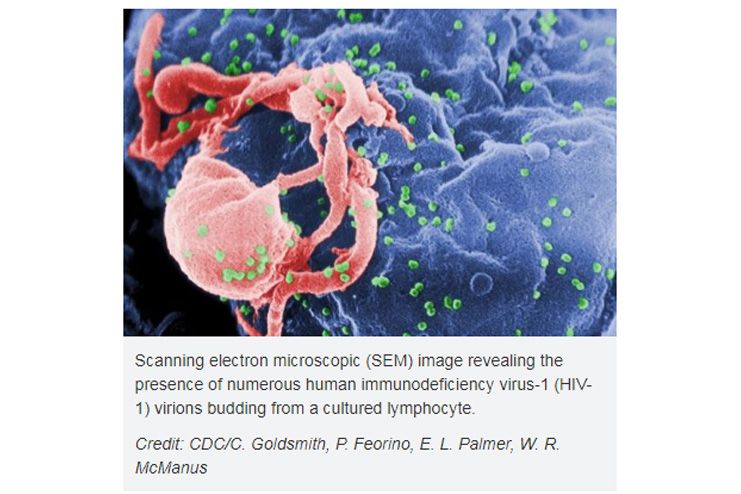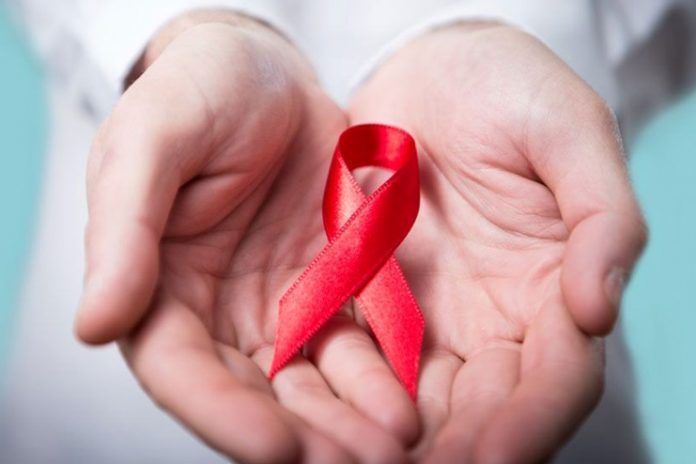Affiliate Disclaimer
Some links in this article are affiliate links. We may earn a small commission if you make a purchase through these links, at no extra cost to you. We only recommend products we find useful to our readersWhile often regarded as an omen of death because of the severity and complications that this disease brings along with it. The advancements in the field of medicine have led onto another breakthrough because the world witnessed the second HIV remission patient a few days back.
The constant to and fro finally brought along successful results with the fact that a second patient has experience sustained remission from the HIV-1 following treatments from the doctors and researchers from the University College London and the Imperial College London. This is the second case (R) since the first success case the researchers experienced with the “Berlin Patient.”

The case report has been conducted with partners at the University of Cambridge as well as the University of Oxford and is believed to another milestone in this prospect after 10 years.
Both the patients involved were treated with stem cell transplants from the respective donors with a modified genetic mutation that imposes inhibition in the expression of an HIV receptor, CCR5.
The subject in the conducted study is currently in HIV remission for 18 months since their last antiretroviral therapy (ARV). The scientists and researchers associated with this case have suggested that the same can’t be indicative of the certainty whether or not the patient has completed been cured of this condition but they are keeping a close eye on his progress and possible symptoms.
Professor Ravindra Gupta (UCL, UCLH and University of Cambridge), who is the lead author of the study suggested saying that, as of now, the only way to fight back the HIV virus is with medications. Owing to the severity of the condition, it is not surprising that the patients do have to take the medication for their entire life to keep their possible actions suppressed. Having direct access to these medications and that too for an entire lifetime is actually a challenge for the developing countries.
Dr Gupta further exclaimed stating that eradicating this specific virus is currently a global need for further better health of the individuals residing with the risks encircling the same. The process of getting rid of the virus is quite hard as of now mainly because of the fact that the virus integrates itself into the white blood cells of the host.
Current statistics suggest that around 37 million people across the globe are suffering from HIV, out of which, only 59% of the patients are undergoing the ARV treatment. The lack of medication for the condition is what the doctors believe to be of grave concern, mainly because of the fact that around a million of people from around the world die annually because of this condition.
This specific case report has been based around the treatment procedure conducted on a man from the United Kingdom, who wants to keep his identity anonymous. He was diagnosed with HIV in 2003 and has been on the ARV treatment since 2012.
In the later part of 2012, he was diagnosed with advanced Hodgkin’s Lymphoma. He has to undergo a haematopoietic stem cells transplant from a donor who has two alleles of CCR5Δ32 alongside his chemotherapy treatment during the year of 2016.
CCR5 is primarily the most commonly used receptor by the HIV-1 virus for infestation. People who two genetically mutated copies of this allele tend to become resistant to the virus effectively mainly because it prevents the virus from entering the host cells.
Chemotherapy has been found to be a potent treatment options for HIV as it kills and damages the cells from growing and dividing further. The researchers did find that replacing the immune cells with the cells that lack the CCR5 receptor is what they believe to be the key note in preventing the condition associated with rebounding of the HIV.
The stem cell transplant, for the most part, was successful. The doctors only faced some minor issues concerning the graft-versus-host-disease, a common complication which has been witnessed when the immune cells of the donor attack the immune cells of the recipient.
The patient did continue his ARV treatment for 16 months following the transplant. After this is what, both the clinical team along with the patient, decided to put forth a intermission to see if the patient was actually in HIV remission or not.
The clinical team conducted regular tests and found for a fact that the viral load of the patient was undetectable and he was actually in remission every since the cessation of the ARV therapy. They found that the immune cells of the patient failed to express the CCR5 receptor.
The approach implemented on the second patient was what the doctors did with the “Berlin Patient” as well. Dr Gupta stated saying that by achieving success for the second time using the same approach of treatment on the patient, they have proved that the first success case story was not an anomaly but the treatment approach was actually effective enough.
The next step, as Dr Gupta suggests, is to find and establish ways so as to completely wipe out the CCR5 receptor in the patients with HIV using gene therapy to see if acts as a potent cure for the condition of HIV.
He further suggested that it is too early to confirm whether or not the patient is completely cured of his problem or not, but the doctors are currently monitoring him very closely and see if the success of the hematopoietic stem cell transplant is what has been the much and long awaited treatment for the condition of HIV/AIDS. The patient, as of now, is in HIV remission and further updates are still in progress.





















